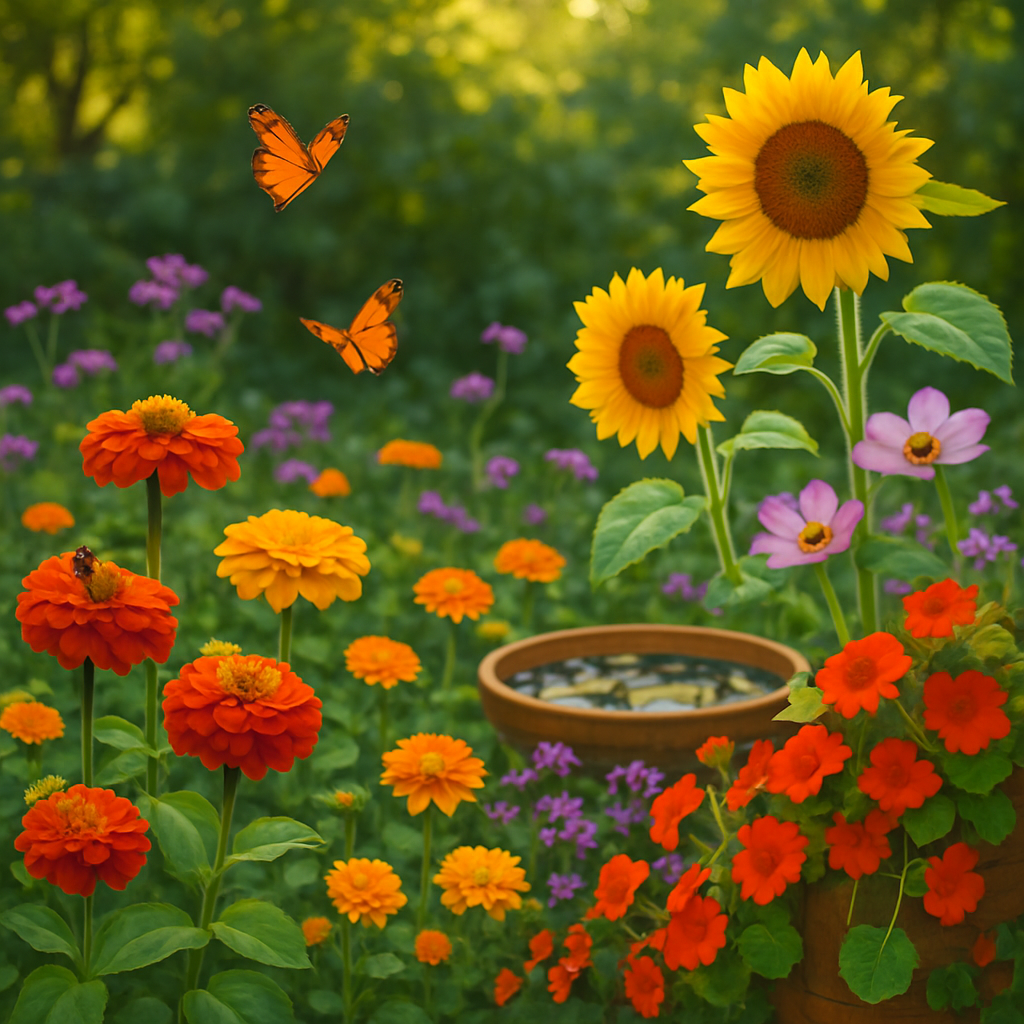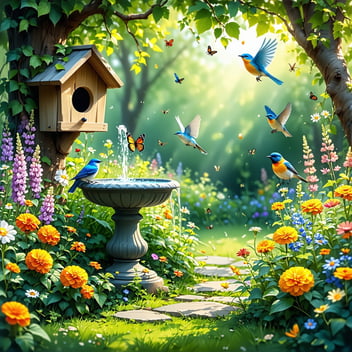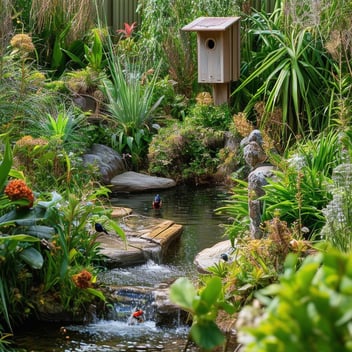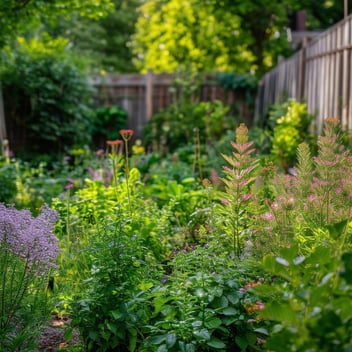Best Annual Plants for Attracting Bees and Butterflies in SEQ
Introduction
Gardens alive with fluttering wings and gentle buzzes are vibrant beyond measure. For South East Queensland (SEQ), annuals that attract bees and butterflies serve not only as floral decoration but as essential lifelines for pollinator populations. Choosing the right annuals can create a rhythm of nectar and pollen that sustains wildlife and enchants the gardener.
Understanding SEQ’s Environment for Pollinators
SEQ’s climate brings hot, humid summers, mild winters, and frequent rainfall. These conditions can both help and challenge pollinators. Humidity can encourage fungal issues, while heat can stress both insects and plants. Pollinators here include native bees, introduced honey bees, and a variety of butterflies. Providing continuous sources of nectar and safe habitat helps them thrive.
Qualities to Look for in Pollinator‑Friendly Annuals
-
Nectar Richness & Flower Shape
Flowers with open structures or accessible nectar are favored. Tubular shapes, landing pads (flat petals), or clusters are excellent. Bright colours—yellows, oranges, purples—help bees & butterflies locate food quickly. -
Blooming Duration and Season Extension
Annuals that flower over long periods (spring through autumn) ensure pollinators have continuous resources. Choosing varieties with staggered bloom times ensures no big gaps. -
Resilience to Humidity, Disease & Heat
SEQ’s muggy weather means plants that resist mildew, rot, and sun scorch perform better. Annuals with tough foliage, good air circulation, and heat tolerance are superior.
Best Annual Plants That Attract Bees and Butterflies (Suitably Adapted for SEQ)
-
Zinnias (Zinnia elegans)
These deliver bold, brilliant colours and are magnets for bees. Their flowers are easily accessible for nectar gathering. With regular deadheading, they keep blooming through heat. -
Calendula (Calendula officinalis)
Early bloomers, calendulas feed pollinators when fewer plants are in flower. Their petals are edible and bright, and they tolerate a wide range of soils. In SEQ, they do well before the worst heat, and can persist or reseed lightly. -
Sunflowers (Helianthus annuus)
Grand and stately. Their large flower heads offer a landing platform. Bees love the pollen; butterflies hover. They also bring vertical structure to a garden. -
Nasturtiums (Tropaeolum majus)
Playful, with edible flowers and foliage. The bright colours—reds, oranges, yellows—are attractive. They do well in poorer soils, and their trailing habit works in containers or border edges. -
Borage (Borago officinalis)
Brilliant star-shaped blue flowers. Bees adore them. Borage blooms profusely. Also known to self‑seed, offering recurring displays. A hardy annual with charm. -
Cosmos (Cosmos bipinnatus)
Wispy, airy foliage with open blossoms make cosmos inviting. Butterflies find them easy to land on. Their blooms flutter in the breeze, lending movement and interest. -
Verbena spp.
Clusters of small flowers, often tubular, rich in nectar. They are especially good for both bees and butterflies. Verbena flowers over long periods if well‑cared for. Great for groundcover or edging.
Planting & Layout Strategies for Pollinator Attraction
-
Clustering and Mass Planting
Grouping the same or similar annuals in blocks makes larger visual and scent signals. Pollinators spot them from afar and linger longer when food sources are consolidated. -
Siting with Sun Exposure, Protecting from Wind
Most pollinator‑friendly annuals prefer full sun or at least morning sun. Sheltered spots prevent blossoms getting battered and keep pollinators visiting. Windbreaks can help. -
Succession Planting
Stagger sowing so when one set of annuals fades, another is ready. This continuous bloom ensures no periods without nectar, which is critical for butterfly larvae and for bees in foraging.
Maintenance Practices that Support Pollinators
-
Minimize chemical pesticide/fungicide use. When necessary, choose products safe for beneficial insects and apply in low‑light times (evenings) to reduce exposure.
-
Deadheading and pruning: remove spent blooms so plants stay vigorous and produce more. Trim to improve airflow, which helps reduce disease.
-
Soil health: feed with organic matter, compost. Well‑drained soils prevent rotting in root zones. Mulch to retain moisture and moderate temperature.
-
Provide water sources: shallow dishes with pebbles so pollinators can land safely. Also provide sheltered spots: rocks, small shrubs, or groundcover that give refuge.
Common Challenges & Solutions
-
Fungal Diseases & Rot
High humidity plus poor airflow causes mildew/rot. Solution: ensure plants are spaced, prune inside foliage, avoid wet foliage overnight. -
Pests
Aphids, caterpillars, snails can nibble away. Use natural predators, handpicking, or mild organic controls. Avoid broad‑spectrum sprays which harm bees and butterflies. -
Soil issues
Heavy clay or poorly drained soils cause waterlogging. Improve drainage with compost or raised beds. If soil is overly rich in nitrogen, flowering may be reduced (plants focus on leafy growth).
Conclusion
A garden filled with butterflies dancing and bees humming is not only beautiful but ecologically vital. By choosing annuals with nectar, accessible flowers, and resilience—and by planting them thoughtfully—you can create a pollinator haven in SEQ. Experiment, observe what the local bees and butterflies prefer, and let your garden be both a sanctuary and a spectacle.




